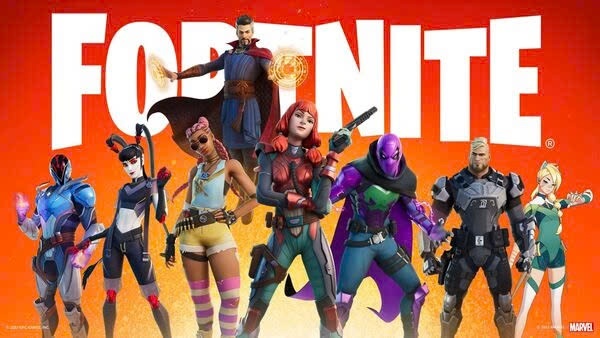
Champion balance is a fundamental aspect of competitive games like League of Legends (LoL), where players select champions with unique abilities to gain strategic advantages. Despite Riot Games’ ongoing efforts to achieve equilibrium, champion balance remains a persistent and multifaceted issue. Imbalances can skew the competitive landscape, frustrate players, and affect overall gameplay experience. This article explores the nuanced challenges of champion balance in League of Legends, tracing its evolution, analyzing current problems, and discussing potential solutions.
The Evolution of Champion Balance
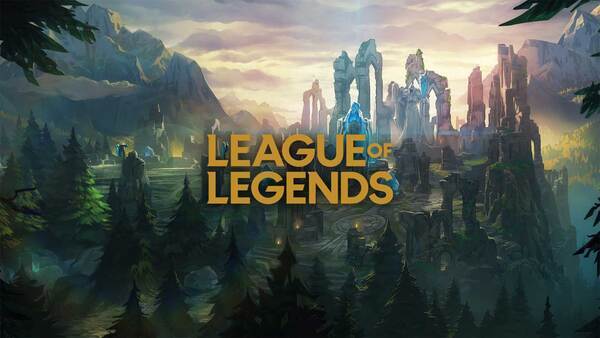
Early Challenges and Basic Balancing
When League of Legends was first released in 2009, champion balance was a relatively straightforward endeavor. The game launched with a small roster, making it easier for Riot Games to manage balance. However, as new champions were introduced, balancing became increasingly complex. Early balancing efforts primarily focused on tweaking numerical values, such as damage output and cooldowns, based on community feedback and performance metrics.
The Emergence of Meta-Breaking Champions
As the game expanded, certain champions began to dominate the meta, disrupting the balance of the game. These meta-breaking champions often introduced mechanics that were either too powerful or underutilized, leading to a skewed gameplay experience. Riot Games faced the challenge of not only adjusting individual champion stats but also addressing the broader impact on the game’s meta.
The Role of Champion Reworks
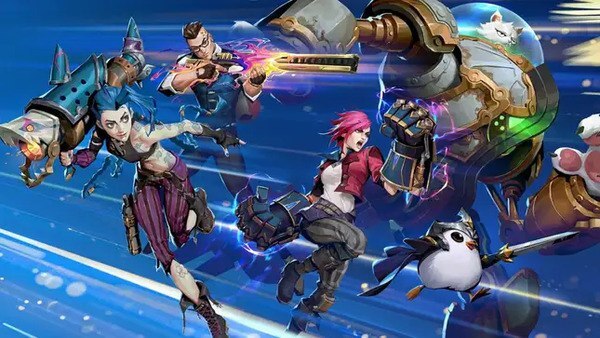
Purpose and Impact of Reworks
Champion reworks are substantial changes made to champions to improve their gameplay, update their visual aesthetics, or balance their power. Riot Games has undertaken numerous reworks to address champions that have become problematic or outdated. For instance, the rework of champions like Yorick and Akali aimed to modernize their gameplay and better fit the current meta.
Controversies and Challenges
While reworks can refresh and balance champions, they are not without controversy. Players often resist changes to beloved champions, and reworks can lead to unforeseen imbalances. For example, the rework of Akali introduced a new set of issues, including her dominance in certain roles, which required further adjustments.
Balancing Across Different Game Modes
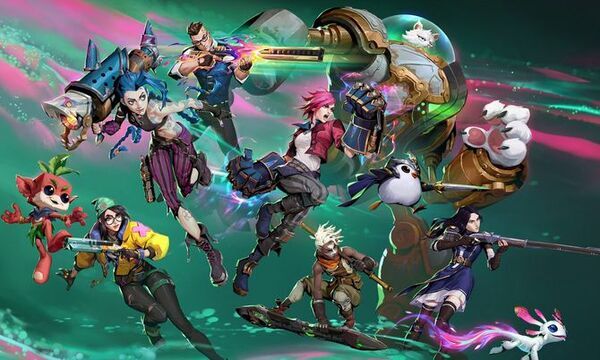
The Complexity of Multi-Mode Balance
League of Legends features various game modes, including Summoner’s Rift, ARAM (All Random All Mid), and URF (Ultra Rapid Fire). Balancing champions across these modes presents unique challenges. For instance, champions that are balanced for Summoner’s Rift may perform differently in ARAM or URF due to the distinct nature of each mode.
Mode-Specific Adjustments
To address these differences, Riot Games often implements mode-specific adjustments. For example, in URF, many champions receive reduced cooldowns and increased ability power, which can drastically alter their effectiveness. Managing these adjustments while maintaining balance across all modes is a complex task for Riot Games.
The Impact of New Champion Releases
Introducing New Champions
The release of new champions introduces fresh dynamics to the game, often leading to shifts in the meta and balance issues. Riot Games aims to design new champions that offer unique gameplay experiences while fitting within the existing balance framework. However, new champions can inadvertently disrupt balance, particularly if their mechanics are too powerful or niche.
Case Studies: Recent Releases
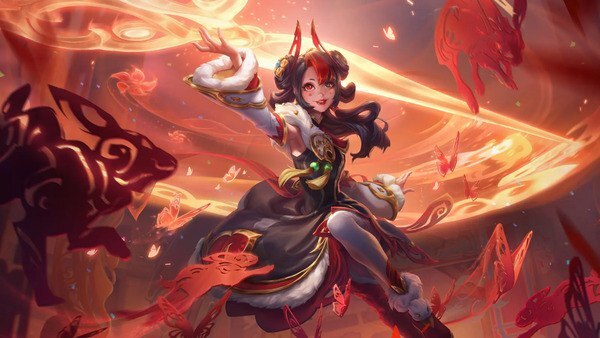
Recent champion releases such as Zeri and K’Sante have highlighted the challenges of maintaining balance. Zeri’s introduction brought a new playstyle with her mobility and damage output, leading to rapid adjustments. K’Sante, on the other hand, faced issues with his durability and crowd control, prompting additional changes to address balance concerns.
The Role of Patch Notes and Balance Changes
Frequency and Scope of Patches
Riot Games releases regular patches to address balance issues and introduce new content. These patches often include champion buffs, nerfs, and bug fixes aimed at improving balance. The frequency and scope of these patches are crucial in maintaining a balanced and engaging gameplay experience.
Challenges with Patch Balancing
Balancing patches can be a double-edged sword. While they address immediate issues, they can also lead to unintended consequences. For example, a patch that nerfs a dominant champion might inadvertently make a previously weak champion overpowered. Riot Games must carefully analyze patch data and player feedback to mitigate such issues.
The Influence of Professional Play
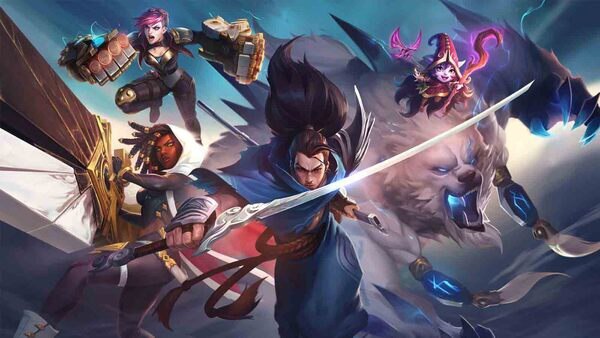
Competitive Play and Balance
Professional play significantly impacts champion balance. Champions that dominate in professional leagues often influence the broader meta, as teams and players adapt to competitive strategies. Riot Games closely monitors professional play to identify champions that may need adjustments based on their performance in high-stakes matches.
Balancing for Both Casual and Professional Play
Balancing for both casual and professional play presents a challenge. Changes that benefit professional players might negatively impact casual gamers and vice versa. Riot Games strives to find a balance that ensures competitive integrity while maintaining an enjoyable experience for all players.
Player Feedback and Community Impact
Gathering and Analyzing Feedback
Riot Games actively gathers feedback from the player community to inform balance decisions. This feedback comes from various sources, including forums, social media, and in-game data. Player insights can highlight balance issues and provide valuable perspectives on champion performance.
The Role of Feedback in Balance Changes
Community feedback has played a significant role in shaping balance changes. For instance, persistent complaints about a champion’s overpowered abilities can prompt Riot Games to investigate and implement adjustments. However, balancing based on feedback alone can be challenging, as it must be weighed against statistical data and professional input.
The Challenge of Overpowered vs. Underpowered Champions
Identifying Overpowered Champions
Champions that are deemed overpowered can disrupt the game’s balance, leading to frustration among players and a skewed meta. Riot Games uses various metrics, such as win rates and pick rates, to identify champions that may need nerfing. Overpowered champions can create an uneven playing field, making it essential for Riot to address these issues promptly.
Addressing Underpowered Champions
Conversely, underpowered champions struggle to find their place in the meta. Riot Games strives to boost these champions without making them overpowered. This often involves incremental adjustments to their abilities and stats, aiming to bring them in line with other champions while maintaining their unique playstyles.
Future Directions in Champion Balance
Innovations in Balancing Approaches
Looking ahead, Riot Games is exploring innovative approaches to champion balance. This includes leveraging advanced data analytics and machine learning to predict and address balance issues. These tools can help Riot Games anticipate how changes will impact the game and adjust strategies accordingly.
The Role of Community and Continuous Improvement
The future of champion balance will likely involve a combination of advanced technology and ongoing community engagement. Riot Games will need to remain adaptable, continually refining balance based on player feedback, competitive play, and emerging trends. By embracing both technological advancements and player insights, Riot Games can work towards a more balanced and enjoyable game.
Conclusion
Champion balance in League of Legends is a complex and evolving issue that affects every aspect of the game. From early balancing efforts to the introduction of new champions and reworks, Riot Games has faced numerous challenges in maintaining equilibrium. Balancing across different game modes, addressing the impact of professional play, and incorporating player feedback all contribute to the ongoing effort to achieve a fair and enjoyable gameplay experience.
As League of Legends continues to grow and evolve, Riot Games’ approach to champion balance will need to adapt to new challenges and opportunities. By leveraging advanced tools and remaining responsive to community feedback, Riot Games can strive to create a more balanced and engaging experience for all players.

